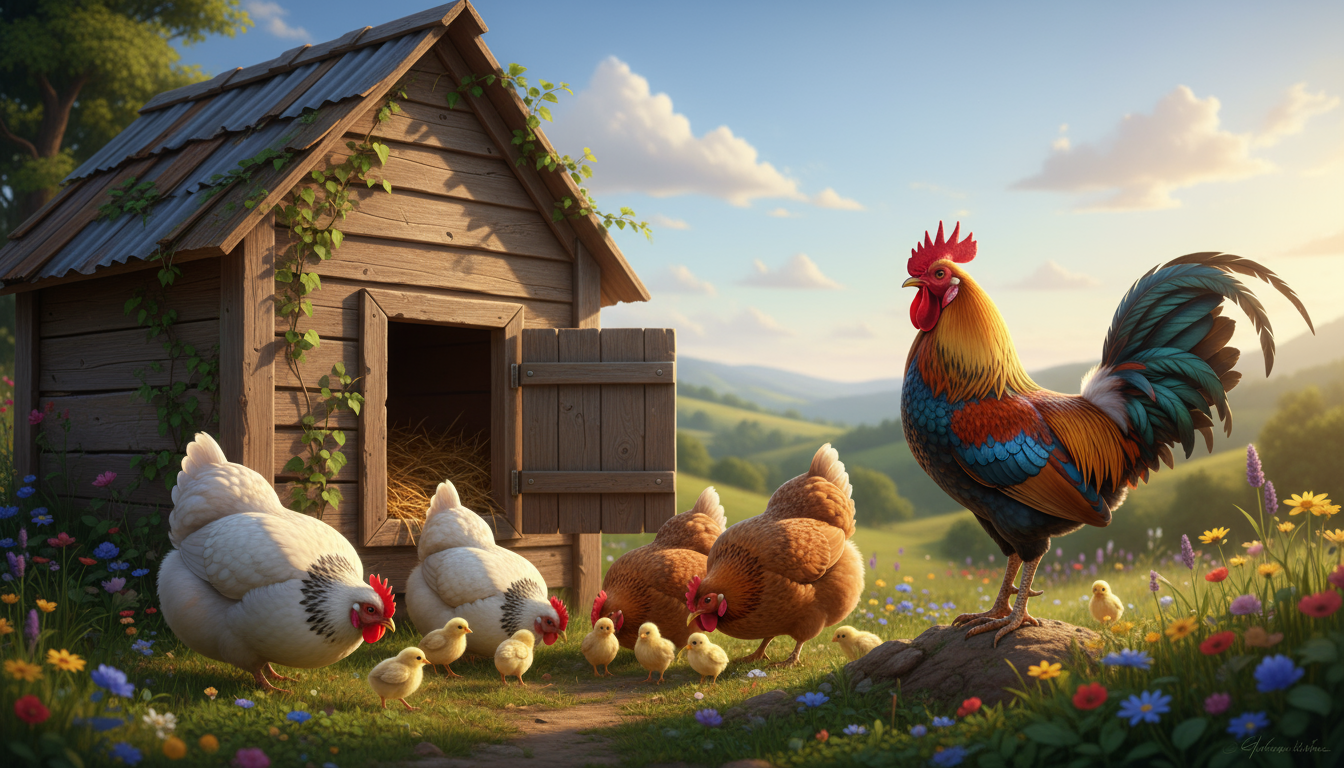Wednesday, 12 November 2025

India’s poultry industry is on track for steady expansion this fiscal, buoyed by rising meat and egg consumption across both urban and rural markets. Revenue is expected to increase 4-6 per cent in FY24 as more households diversify protein intake and per capita consumption continues to inch upward.
The momentum, however, is tempered by margin pressures. Operating profitability is forecast to erode by 80-100 basis points due to a sharp correction in broiler prices earlier in the year. A shorter summer and the early arrival of monsoon led to heavier birds and oversupply in the first quarter, pushing wholesale broiler prices down nearly 20 per cent year-on-year to Rs 110-115 per kg. Prices have since begun recovering during the festive season, yet the full-year average will remain 4-6 per cent lower than last fiscal.
Says Jayashree Nandakumar, Director, Crisil Ratings, “Wholesale broiler prices fell 20 per cent on-year to Rs 110-1151 per kg in the first quarter of this fiscal, as a short summer and an early monsoon led to relatively higher bird weights and, hence, a surplus in supply. Subsequently, with the onset of the festive season, broiler prices have begun to recover. Yet, average broiler prices will be lower by 4-6 per cent on-year in the current fiscal.”
Still, the sector’s financial resilience appears intact. CRISIL Ratings’ analysis of 34 rated poultry companies — with a combined revenue of about Rs 10,815 crore last fiscal — shows that credit profiles remain stable. Limited capital expenditure, controlled borrowing, and healthy cash flows are expected to hold leverage near 1.3 times and interest coverage between 3.0 and 3.2 times.
Performance continues to diverge sharply across the two major segments. Layers (eggs) make up 55 per cent of the industry by value and remain the standout performer. Sales volumes are projected to rise 4-6 per cent to around 15,750 crore eggs, with prices increasing a steady 2-4 per cent. India’s current per capita egg consumption of 102 per year — less than half the global average of 218 — underscores the vast market headroom ahead. Revenue growth for the segment is set at a robust 7-9 per cent.
Says Rishi Hari, Associate Director, Crisil Ratings, “Feed prices account for 60-65 per cent of the total material cost, split 1:2 between soy de-oiled cake and maize. This fiscal, soy doc prices are expected at Rs 35-37 per kg, a tad lower than last fiscal, because of oversupply. Meanwhile, owing to increased acreage, maize prices are likely to remain stable at Rs 24-25 per kg despite sustained demand from the poultry and ethanol sectors.”
In contrast, broiler operators face a more challenging year. Even as broiler demand expands, revenue growth will slow to 1-3 per cent on lower realisations. Sales volume is expected to grow 6-8 per cent to nearly 5.86 lakh tonnes, but pricing volatility has already inflicted inventory losses and compressed operating margins.
Feed cost dynamics provide a crucial cushion. Feed represents 60-65 per cent of poultry companies’ material costs, largely split between soy de-oiled cake and maize. Oversupply has softened soy doc prices to Rs 35-37 per kg, while maize remains stable at Rs 24-25 per kg thanks to higher acreage despite strong competing demand from ethanol producers. The stability in feed inputs is helping operators contain working capital requirements and recover some lost margins in the latter half of the fiscal.
Risks remain embedded in the business cycle. Any resurgence of avian influenza, abrupt swings in feed commodities, or a slowdown in protein consumption could quickly disrupt the recovery curve. For now, though, the sector reflects a familiar story in Indian agribusiness: consumption-led resilience overcoming price shocks — and a domestic protein market that continues to evolve toward higher nutritional aspiration.